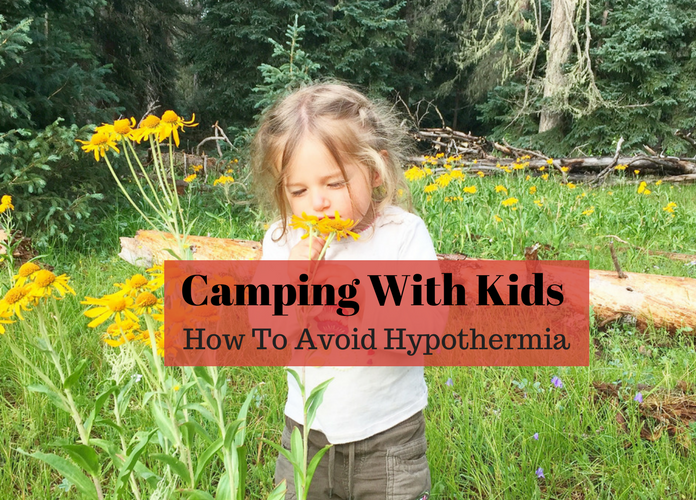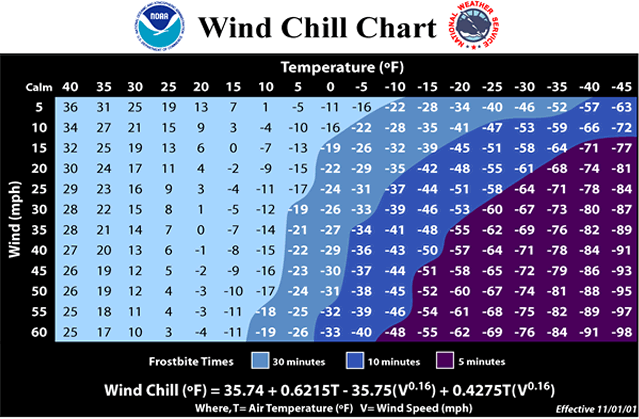Camping With Kids – How To Avoid Hypothermia

Hypothermia- Learn how to prepare, know what to look for, and what to do when camping with kids.
Camping with kids is one of the best things! There is so much to do, explore, and learn. However there are precautions that need to be taken to keep everyone safe and happy. It doesn’t take much for hypothermia to set in, especially with kids. Learn how to prepare, know what to look for and what to do. Some may think that temperatures need to be freezing but that is not the case. Most hypothermia cases tend to happen in the spring, summer, and fall.
Prepare
Once you have a plan in place then you need to take the necessary steps to prepare for any situation that may arise on your trip. When camping, or just being outdoors this can often times get a little tricky. Kids and the weather can be so unpredictable so taking precautionary steps ahead of time can make a world of difference.
Step 1-Weather
Before you head out make sure you have a pretty good idea of what the weather is going to be like. This ultimately may make you change your plans, which can be a bummer. But sometimes it needs to be done.
As you increase your elevation your temperature is going to drop. You will lose and average of 3.5 degrees Fahrenheit for every 1,000 feet of elevation you gain.
For example we are currently living at 4,000 ft. In a couple weeks we are planning a trip and will be going to around 9,000 ft. So that will be a 5,000 ft difference. (9,000 – 4,000 = 5000). So thats a temperature drop of 17.5 degrees ( 5 x 3.5 = 17.5 degrees). And just to be safe you can round up to the nearest degree, so that would make a 18 degree difference. Now take your expected low from your starting point and subtract 18 and that will be your expected temperature.
*Remember, this is for the high. Make sure to always consider your low temperatures too. Add wind, rain, or snow into the mix and your calculated temperature can drastically change. Cloud cover vs. clear sky’s also plays a big part in temperature.

Step 2- Pack
*this is not a complete packing list, just things to be aware of while packing
When packing you want to plan on at least 3 layers. Layering is the key to effective dressing in cold weather. Layering helps your body’s heating and cooling system work efficiently. So you can adjust your layer to not only stay warm but to avoid sweating. Getting wet can be one of the biggest culprits of hypothermia. There are 3 main layers you need to focus on.
Layer 1
The most critical layer to ensure warmth is your base layer (the layer that will be touching your skin). When hiking or just being involved in outdoor activities you typically begin to sweat. So you want your base layer made of material that is going to help with “wicking”. Wicking means that the fabric will pull the sweat from the body and keep you dry. The best wicking fabrics are made from polypropylene and merino wool. They do not absorb the moisture and dry very quickly.
*Cotton should be worn as a last resort. Cotton has the ability to wick but retains moisture and takes too long to dry, and in turn will keep your skin wet and cold (“cotton kills”).
Layer 2
This should be an insulating layer. This is going to help you and your little ones stay nice and warm. Great fabrics for this are wool, fleece, or down. Or on warmer climates this could be a long sleeve shirt. Depending on the weather you can always add an additional insulating layer.
Layer 3
This will be the outer layer. You want to wear a loose fitting jacket made of windproof and water resistant or water proof material. You also want to make sure that your outer layer is breathable. As you hike and move around sweat and moisture is going to build up inside your hiking clothes. So you need material that will be able to let this moisture out rather than keeping it in. If the material is not breathable then jackets will often come with side zippers that allow moisture to escape.
*again be mindful of overheating. Layers may need to be taken off to prevent excessive sweating.

Extras
Hats are often overlooked. You may have heard that your head can lose 50-80% of heat, which isn’t accurate. Our heads are about 7-10% of the total surface area of our body. The amount of heat loss out of your head is proportionate to the amount of surface area of your body. So heat loss out your head averages about 10-11% of your total body heat. With that being said it is still very important to wear hats especially, for little ones as their heads are typically larger in proportion then adults.
Gloves- Or we often use socks, for some reason ours like keeping them on better then gloves.
What To Look For
Hypothermia starts when the body’s temperature drops more than 2 degrees. This does not require freezing temperatures to happen.
Mild Hypothermia
- Vigorous, uncontrollable shivering
- The “umbles”- grumbles, mumbles, fumbles, stumbles
- Has cool or cold skin on Abdomen, chest, or back
Severe Hypotherima
- Rigid and stiff muscles
- No shivering
- Skin feels ice cold and appears blue
- Altered mental status
- Slow pulse
- Slow breathing
What To Do
For all hypothermic symptoms
- Stop the heat loss:
- Get out of the cold
- Handle gently
- Replace wet clothing with dry clothing
- Add insulation (Blankets, towels, pillows, or sleeping bags)
- Cover with a vapor barrier (layer 3 or tarp, plastic, or trash bags) to prevent heat loss.
Mild Hypothermia
- Follow step 1 above
- Allow them to shiver-Do not stop the shivering by adding heat. Shivering that generates heat can re warm someone with mildly hypothermic symptoms. Applying heat packs, water bottles, or body to body contact adds no advantage when re warming someone in a mild hypothermic state who is shivering vigorously. External rewarming increases skin temperature and stops shivering.
- Give warm, sugary drinks, which can provide energy (calories) for the shivering to continue.
Severe Hypothermia
- Follow step 1 above
- Clothing should be cut off to help limit movment
- Monitor breathing, give CPR if necessary.
- Very gently evacuate to medical help for re warming, if possible start re warming by any available external heat source (body to body contact).
- Do not start CPR if:
- They have been submerged in cold water for more than 1 hr
- Has obvious fatal injuries
- Is frozen (ice in airway)
- Has a chest that is stiff or that cannot be compressed
- Rescuers are exhausted or in danger
Hiking and camping with kids can be an amazing experience. Be prepared for your next trip to stay safe and have loads of fun!
Related Posts:
5 Basic Hiking Exercises To Help You Get Ready For A Big Hike
5 Tips For Backpacking With Kids: Starting With The Basics
Best Way To Hike With Your Kids – Kid Carrier Review
Hiking With A Baby? How To Conveniently And Inexpensively Bring Baby Food
Was this helpful? Please consider sharing. Or if you have any questions or thoughts, feel free to comment below.

Embrace The Kids Life Style Blog
Email: ContactUs@EmbraceTheKids.com
“Make Them The Reason, Not The Excuse”
P.S. Looking to start your own business and working from home? Learn how to follow a simple process to start building a full-time income online.
If you enjoyed this post on “Camping With Kids – How To Avoid Hypothermia”, comment, share, or follow us on Instagram @EmbraceTheKids.
